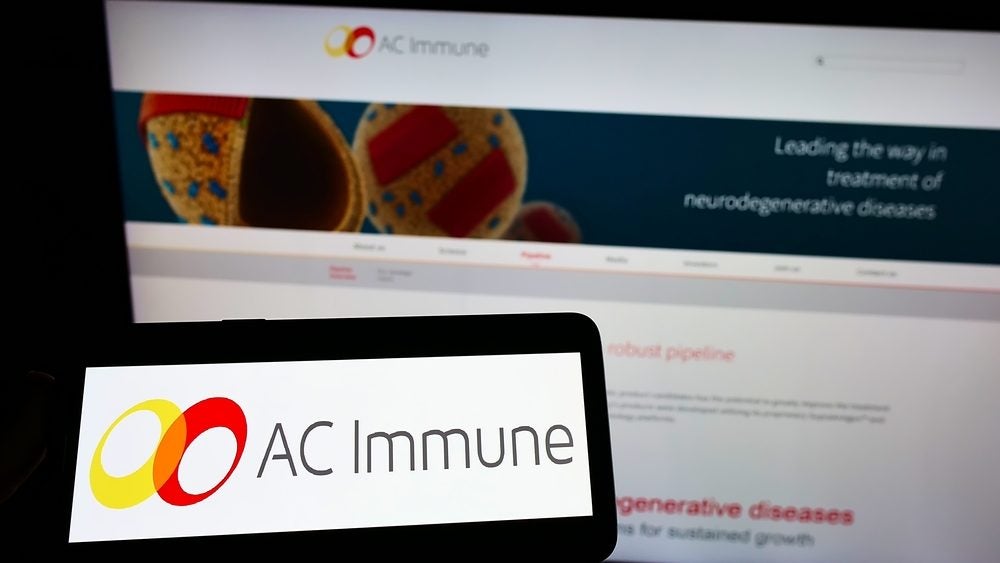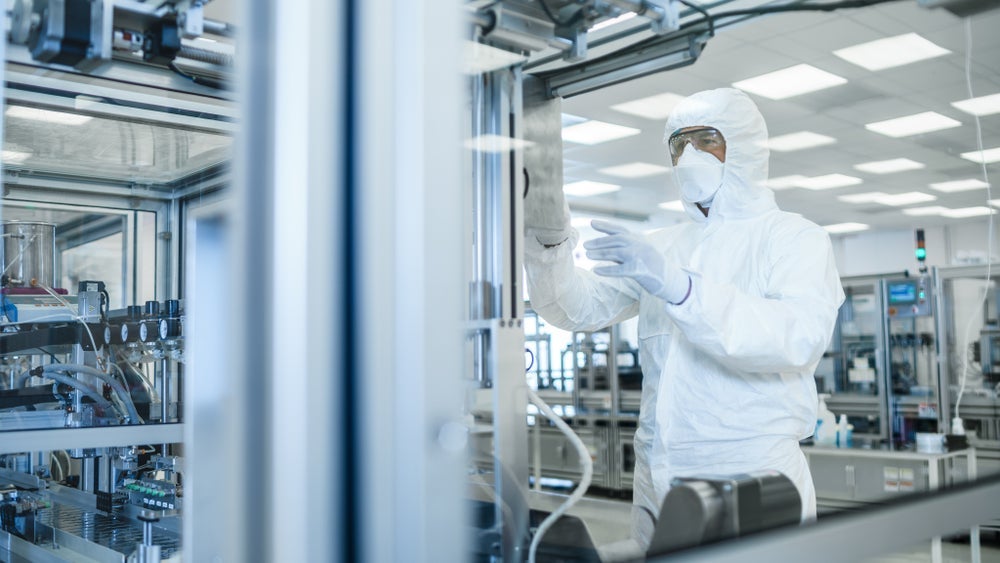Pacira BioSciences has been granted a patent for a method of treating pain by injecting a pharmaceutical composition into the subarachnoid space. The composition includes a multivesicular liposome containing amphipathic and neutral lipids, as well as an aqueous phase with bupivacaine phosphate encapsulated within the liposome. GlobalData’s report on Pacira BioSciences gives a 360-degree view of the company including its patenting strategy. Buy the report here.
According to GlobalData’s company profile on Pacira BioSciences, Cancer treatment biomarkers was a key innovation area identified from patents. Pacira BioSciences's grant share as of September 2023 was 52%. Grant share is based on the ratio of number of grants to total number of patents.
A recently granted patent (Publication Number: US11759459B2) describes a method for treating pain in a subject by injecting a specific pharmaceutical composition into the subarachnoid space at the L3 and L4 level. The composition includes a multivesicular liposome containing an amphipathic lipid and a neutral lipid, as well as an aqueous phase encapsulated within the liposome, which includes bupivacaine phosphate.
The patent claims provide additional details about the method. Claim 2 states that the aqueous phase may also contain hydrochloric acid. Claim 3 lists various options for the amphipathic lipid, including phosphatidylcholines, phosphatidylethanolamines, and sphingomyelins, among others. Claim 4 specifies that the neutral lipid can be a triglyceride.
Claims 5, 6, 7, and 8 describe the pharmaceutical composition's bupivacaine phosphate content, ranging from a therapeutically effective amount to specific quantities between 10 mg and 60 mg.
The method of administration is addressed in claims 9 and 10, with claim 9 stating that the pharmaceutical composition is administered by epidural injection, while claim 10 indicates that this method is not required.
Claims 11 and 12 discuss the administration of opioids following the injection of the pharmaceutical composition, with claim 11 stating that opioids are not administered, and claim 12 allowing for the administration of opioids, specifically oxycodone, in a total amount less than 15 mg within the first 72 hours after the injection.
Claim 14 mentions the administration of a non-opioid analgesic following the injection.
The patent also includes claims related to the subject's pain intensity scores, pruritus score, plasma concentration of bupivacaine, and the specific types of pain being treated (abdomen pain and pelvic pain).
In summary, the granted patent describes a method for treating pain by injecting a pharmaceutical composition into the subarachnoid space. The composition includes a specific liposome structure and bupivacaine phosphate. The patent covers various aspects of the method, including the composition's lipid components, bupivacaine phosphate dosage, administration methods, and the potential use of opioids or non-opioid analgesics.
To know more about GlobalData’s detailed insights on Pacira BioSciences, buy the report here.
Data Insights
From

The gold standard of business intelligence.
Blending expert knowledge with cutting-edge technology, GlobalData’s unrivalled proprietary data will enable you to decode what’s happening in your market. You can make better informed decisions and gain a future-proof advantage over your competitors.







